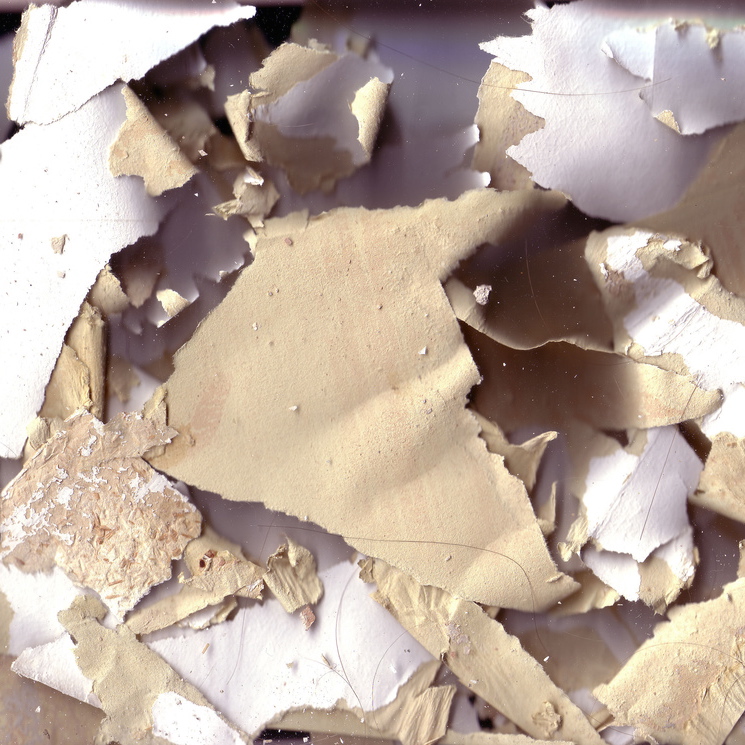If you are like us and prefer the ease and beauty of painting your walls, then you are probably looking for ways to get rid of wallpaper left behind by the seller of your new house. Or maybe you added wallpaper yourself years ago and are tired of it now.
For whatever reason you want to move on, you need to know how to remove the old wallpaper before you paint. And that’s why we’re here today—to give you the best tips on wallpaper removal, paving the way for a professional-looking paint job.
Prep Work

Electricity. You want to remove wallpaper during the day when there is the most light, because you need to shut off the electricity. Before you do anything, go to the breaker box and shut off the electricity for the room in question. This is to prevent electric shock in the event that water touches outlets and light switches.
Drop cloths. With your plastic drop cloths, you should cover all surfaces in the room, just as you would if you were painting. Thicker plastic is better so it resists tearing. Move all furniture away from the walls and then cover it all. Cover exposed flooring to keep it safe from hot water from the sprayer, soggy paper, and glue. You might want to tape it down against the baseboards to keep water from damaging the floor.
Scraper. The type of scraper you use depends on the type of wall you have. For a plaster wall, the wallpaper scraper and razor blade tool is best because plaster is tougher than drywall. You want to use the spackle knife on drywall because it isn’t as sharp, and drywall is more delicate than plaster. You should also use the spackle knife on gypsum board and sheet rock. If you want to use the wallpaper scraper on drywall, make sure you fully saturate the wallpaper with hot water and vinegar so that it comes off easier and without damaging the drywall.
Sprayer. Most modern wallpapers have two sections, the front and backing. The front will peel off dry; the backing—since it’s an adhesive—will need to be removed wet. However, if the wallpaper front won’t peel off dry, you should score the surface into sections so the spray solution can get beneath the paper and saturate it. There are many types of spray solutions, from gel to steam, so this Home Depot article will help you make the right choice. For example, liquid removers are good for adhesive that was applied in the last few years rather than being stuck for ages, while gel removers are very powerful and are good for really old wallpaper. Steaming has been used a long time for wallpaper removal, but keep in mind that it is expensive; it is best used when your wallpaper won’t respond to chemical removers. TIP: white vinegar diluted in hot water often works just as well as commercial solutions and is safer for your lungs.
Removal

Once all the wallpaper and glue backing has been removed, you want to rinse the glue and solution off the walls with plain water, then allow the walls to dry. Plug in some box fans and turn on the ceiling fan to help it dry faster. As soon as it is thoroughly dry, you can paint. It is recommended that you apply a layer of primer to seal it before applying your paint of choice.
Have you ever removed wallpaper?
Removing wallpaper can be a big job (and is definitely a messy one), but as long as you are prepared with the right materials, you will get it done right.
Have you ever removed your own wallpaper? Do you have tips for our readers, such as things you would have done differently? Leave them in the comment box below. We want to encourage our readers to exchange ideas so that we can all learn from each other!
